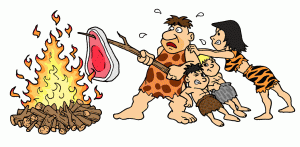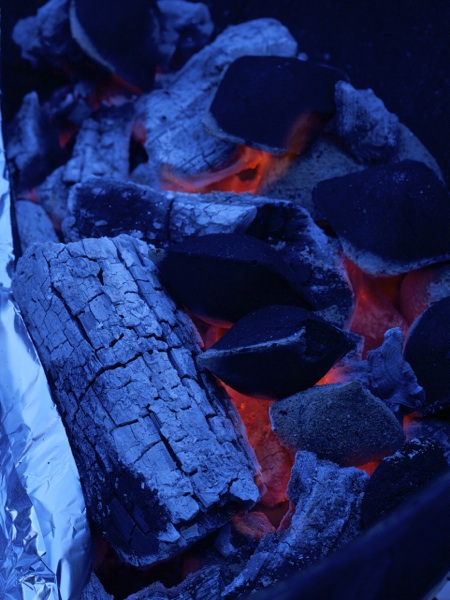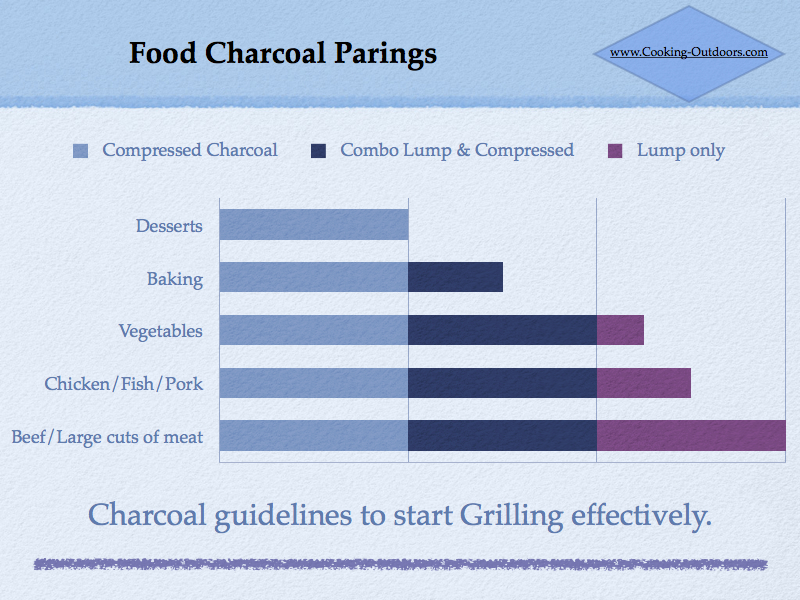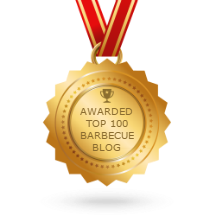What is the difference between lump charcoal and charcoal briquettes?
Briquettes, briquets, coal, charcoal, lump charcoal, competition briquets, hardwood briquettes, self-lighting and so many more types available to choose from, how do you choose? If your like most people, you simply pick up a name brand charcoal briquette at the local store passing by on all of those other strange type of BBQ fuel not knowing what to do with them. It can be daunting to figure it all out by yourself, bag after bag of experimentation, hoping that one of them will be the magic fuel to take your food to the next level. Here are some tips and pointers to help you figure it all out.
First off we need to state that there are hundreds of brands available in the commercial charcoal world but basically there are only three types: Lump, Compressed and Extruded and all three of them are considered “Charcoal”.
According to Wikipedia Charcoal is defined as:
Charcoal is a light black residue consisting of carbon, and any remaining ash, obtained by removing water and other volatile constituents from animal and vegetation substances. Charcoal is usually produced by slow pyrolysis, the heating of wood or other substances in the absence of oxygen (see pyrolysis, char and biochar). It is usually an impure form of carbon as it contains ash; however, sugarcharcoal is among the purest forms of carbon readily available, particularly if it is not made by heating but by a dehydration reaction with sulfuric acid to minimise introducing new impurities, as impurities can be removed from the sugar in advance. The resulting soft, brittle, lightweight, black, porous material resembles coal.[1]
http://en.wikipedia.org/wiki/Charcoal
What is lump charcoal?
Lump charcoal is made from natural wood that has been reduced down to a charcoal through various methods but primarily burning without oxygen to reduce it into a charred state without consuming the wood during the process. Some common types you will run into are Mesquite Lump Charcoal And Oak Lump Charcoal, these to hardwood make for very popular cooking woods. Visually the lump charcoal looks like what you would find laying around the forest after a forest fire. Lump charcoal is not a uniform size or shape, often coming in small pieces mixed with an excessive about of charcoal dust including chunks or small pieces of branches in a single bag.
What are compressed charcoal briquettes?
Charcoal briquets are compressed forms of ground charcoal, binders and fillers, a common brand is Kingsford charcoal. Binders and fillers can consist of: wood char, mineral char, mineral carbon, limestone, starch, borax, sodium nitrate, sawdust and others, varying for manufacturer to manufacturer.
There is an enormous variety of compressed charcoal briquettes available on the consumer market, from self lighting to natural hardwood and every possible combination in between.
What are Extruded briquettes?
Not commonly found in the U.S. but used widely in other countries around the world, they consist of compressed or roll pressed sawdust and/or other products such as peat, straw, or hay binded together with heat to make a small but efficient eat source for cooking and heating.
Heat differences types of charcoal
It is generally agreed that lump charcoal will burn hotter than compressed charcoal, lump charcoal will burn quicker than compressed charcoal and lump charcoal will leave less ash residue as as it burns. Compressed charcoal is easier to control the heat output over a period of time where as lump charcoal will leave you with various degrees of heat including hot spots when grilling. Compressed charcoal is manufactured to provide a uniform, consistent heat output through the course of it's burn time but it will leave you with a larger quantity of ash when finished burning.
Flavor differences of charcoal
Varies greatly by product but most will agree that lump charcoal will produce a more prominent smoky flavor than compressed charcoal. Different types of lump charcoal will also produce different types of flavor in your cooking. Mesquite lump charcoal taste different than Oak lump charcoal to many people. Many compressed charcoals now come with wood chips in the charcoal or added to the bag to give greater flavor during the cooking process.
Best way to use charcoal
Use this chart as a reference point to start trying different methods of cooking with charcoal. All foods can be grilled with just basic compressed charcoal which provides consistent even heat with little to no additional smoke flavor depending on the brand and type you choose. Combo lump & compressed charcoal (Mixing 50% lump charcoal with 50% compressed charcoal) is a great alternative for achieving maximum flavor and consistent heat control with longer cooking times. Lump charcoal by itself can be more difficult to control and is best used for Beef and other large cuts of meat that can handle the distinct smokey flavor that lump charcoal provides.
Do you have a combination or favorite brand that you like to use? Tell us in the comment section!



